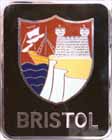BRISTOL 403 #1404, MARCH 2013
25 March 2013: the 403 is
stripped to assess her condition
Before we look at the details of
the unrestored '403-1404', please let me say that I am very pleased with
her. When searching for classic cars or turntables, motorcycles etc, I
always prefer to purchase 'complete' items with all their original parts
even if in bad shape. Then I like to go on with a 'rolling restoration'
so I can check personally every step of the process. This might be
more tricky and surely more expensive than buying a very good item to
begin with, but then, where's the pleasure of working on a classic
thoroughbred to make it as good as new once again?
The chap who sold me this
403, an esteemed B.O.C. member, was very honest about her condition and
didn't hide any of her problems. In fact, he did help rectifying some of
them before having the car shipped to Italy, so the 403 arrived here in
complete and driveable condition, though a fair bit of cleaning and some
body work will definitely improve on her. The price was fair and I'm
very happy to be now the owner of one of the best 2-Litre Bristols;
according to
G.C. Oxley-S
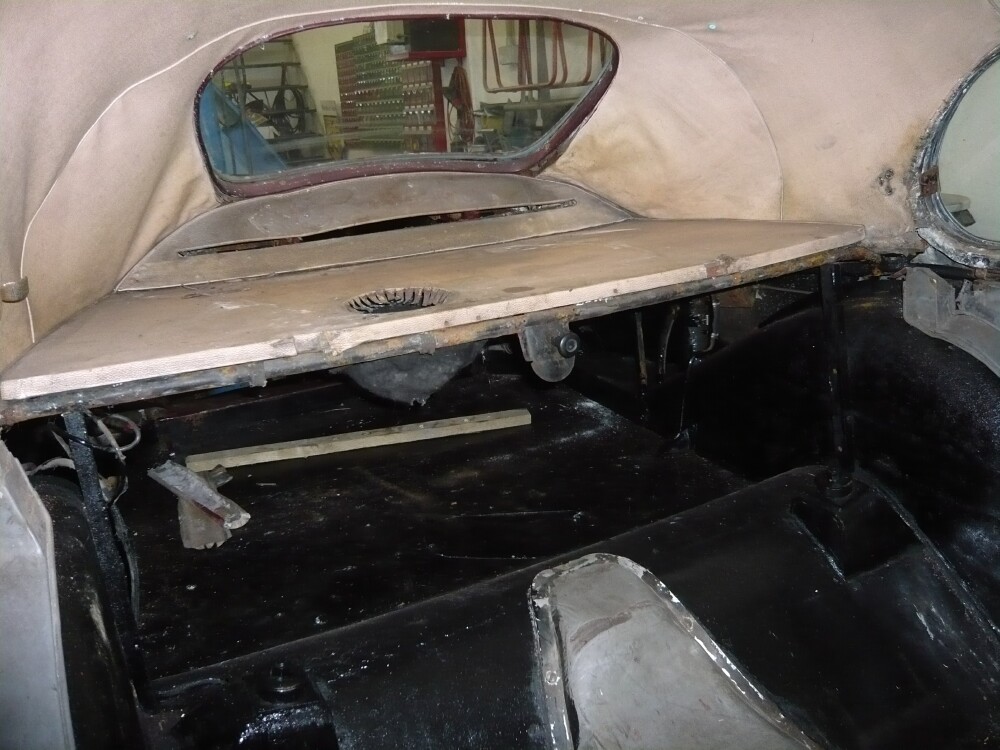
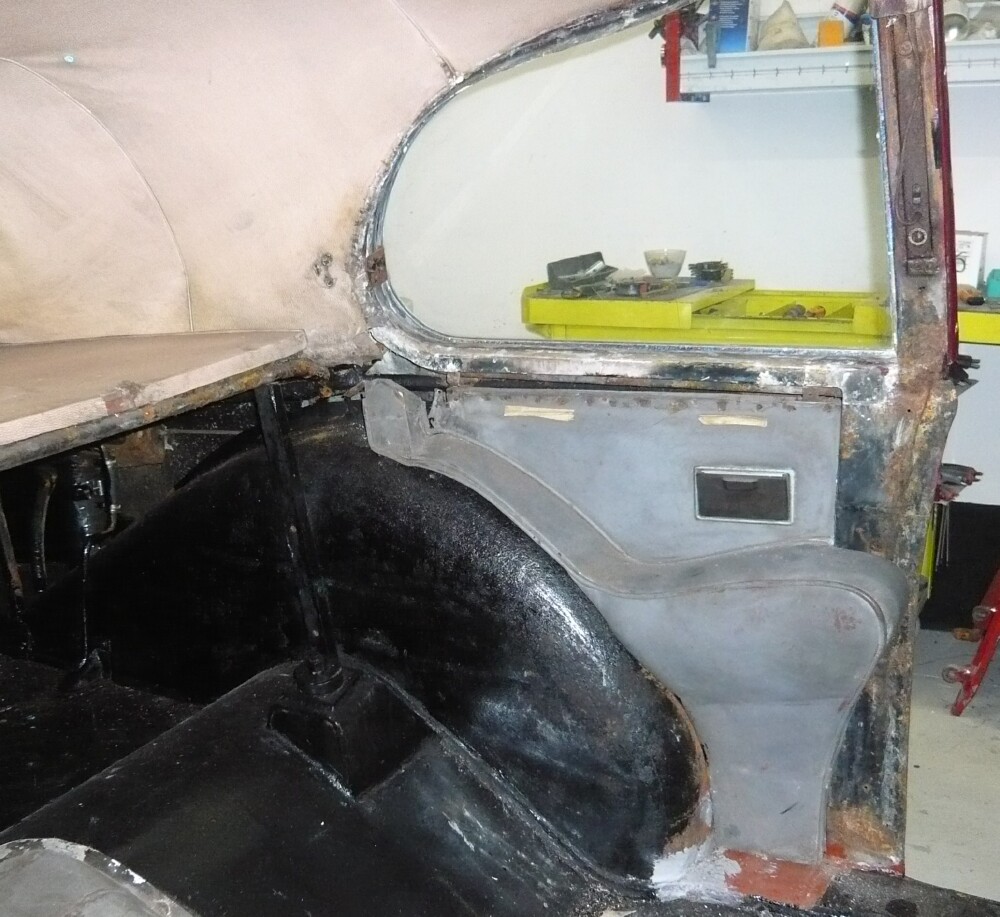
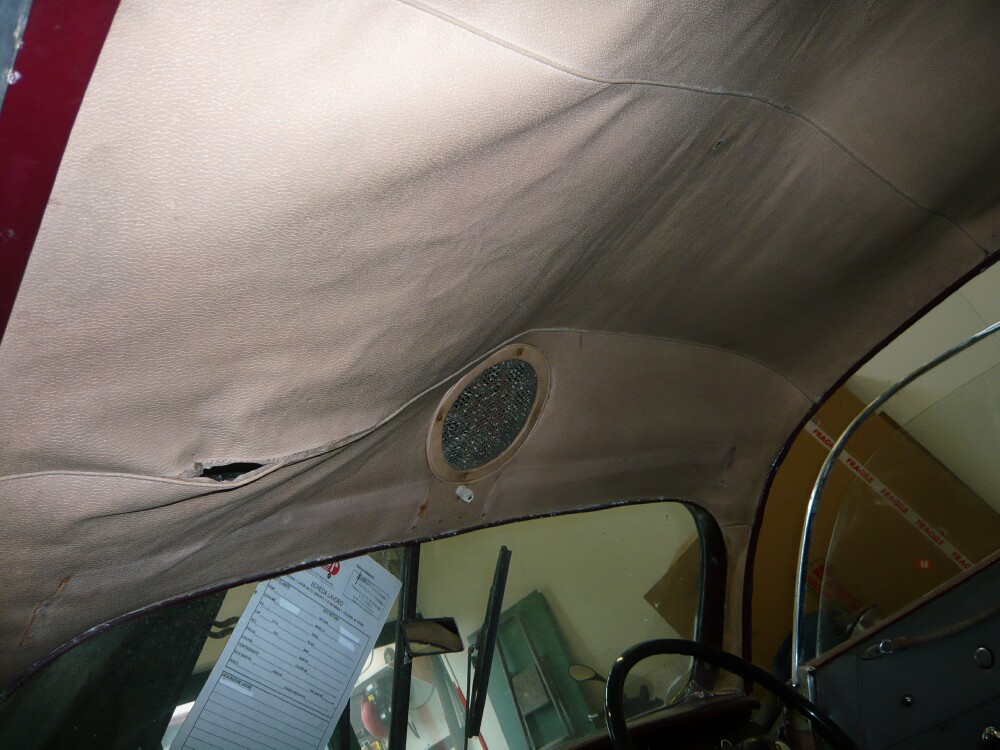
The headlining is collapsing
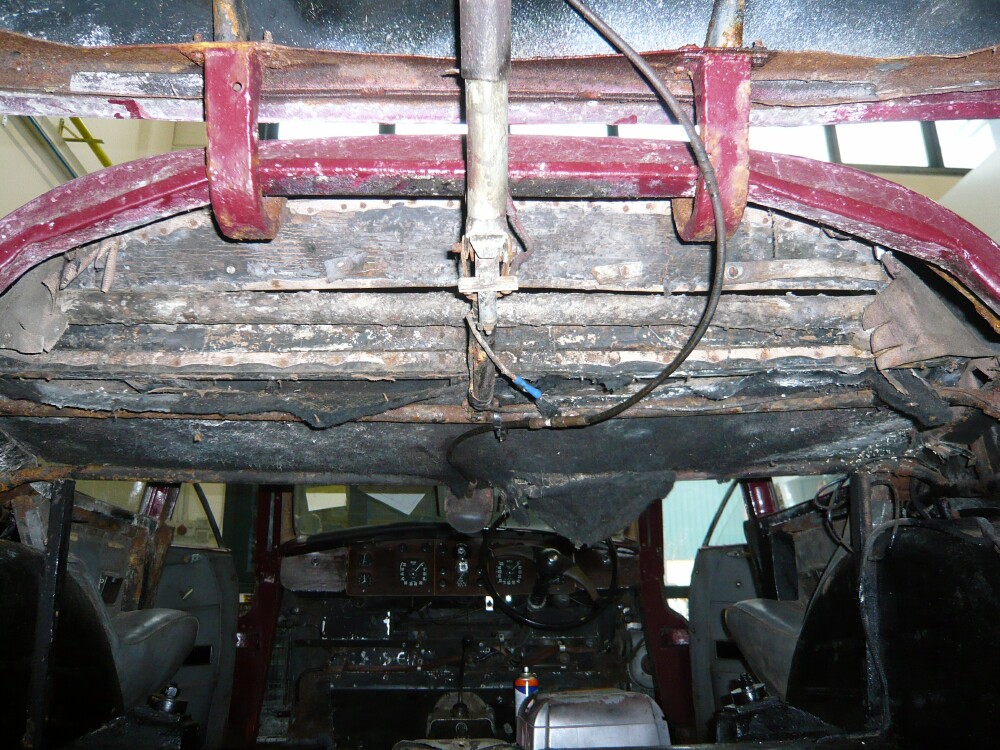
This view from the inside of the boot is unusual
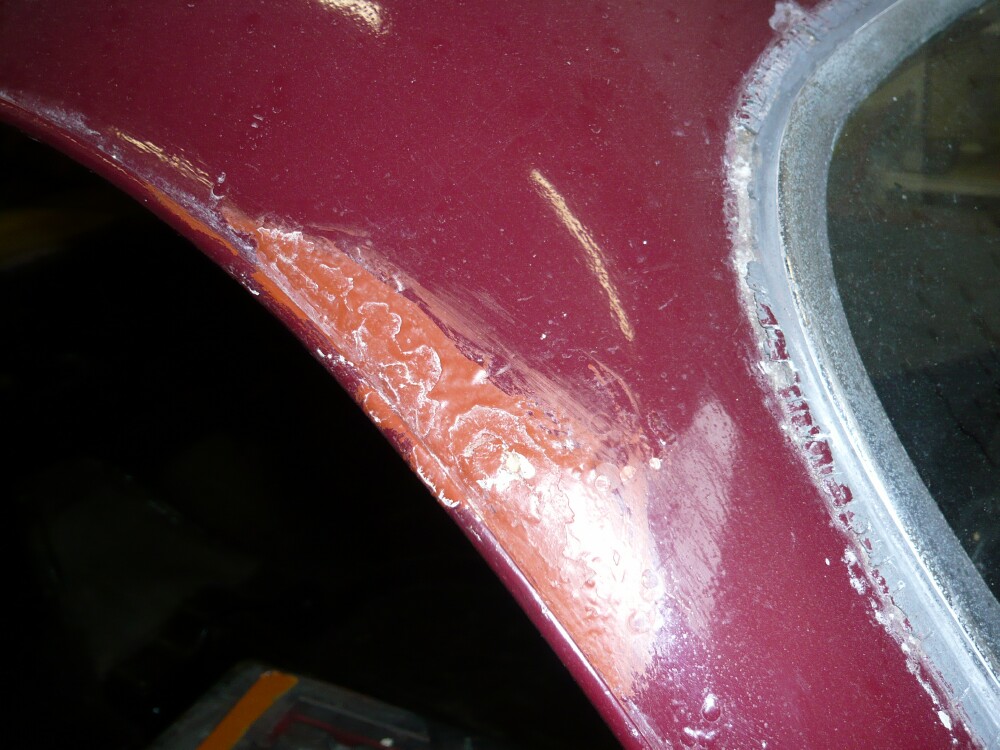
Filler....
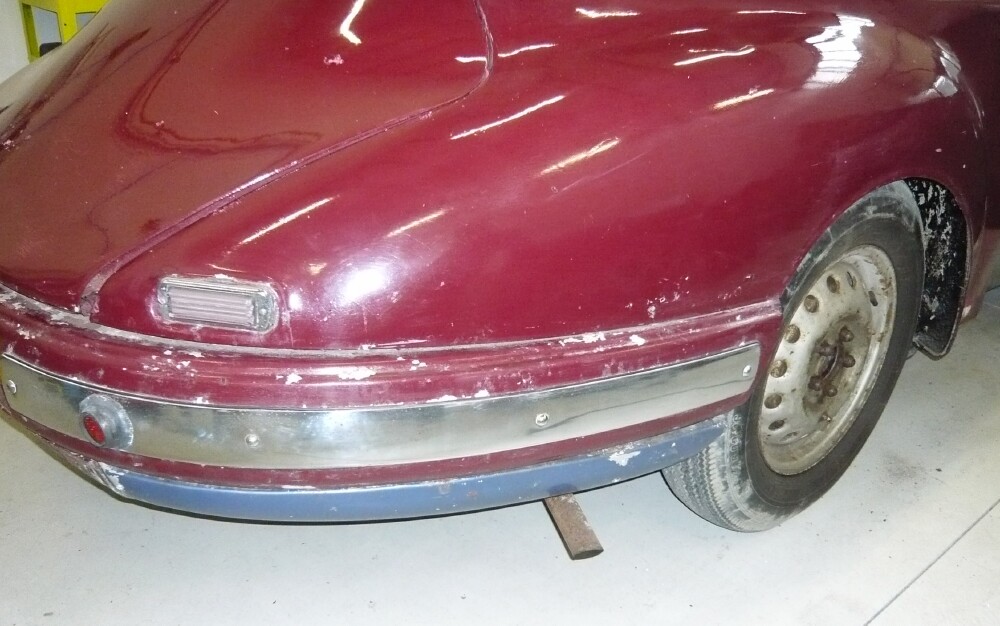
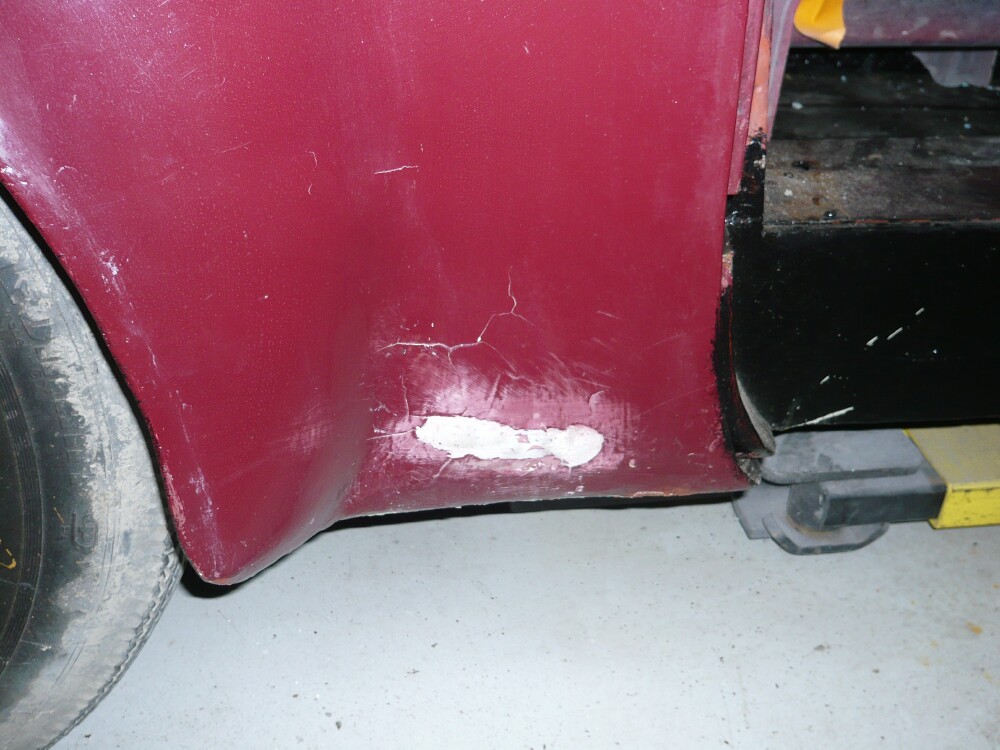
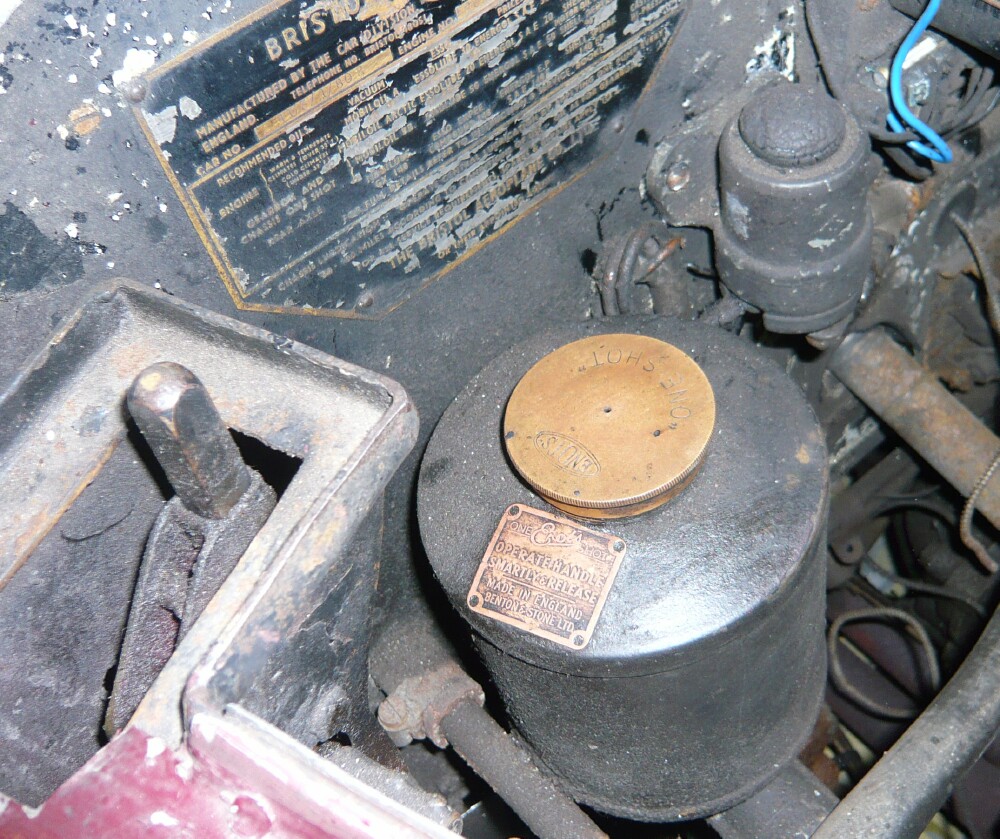
ENOTS tank
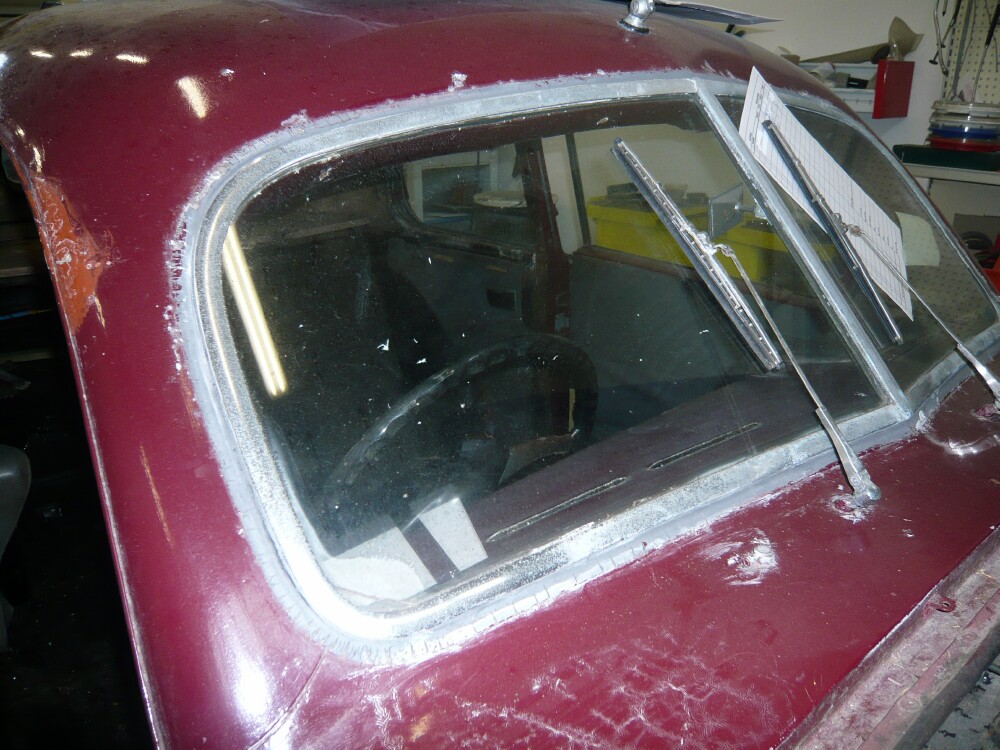
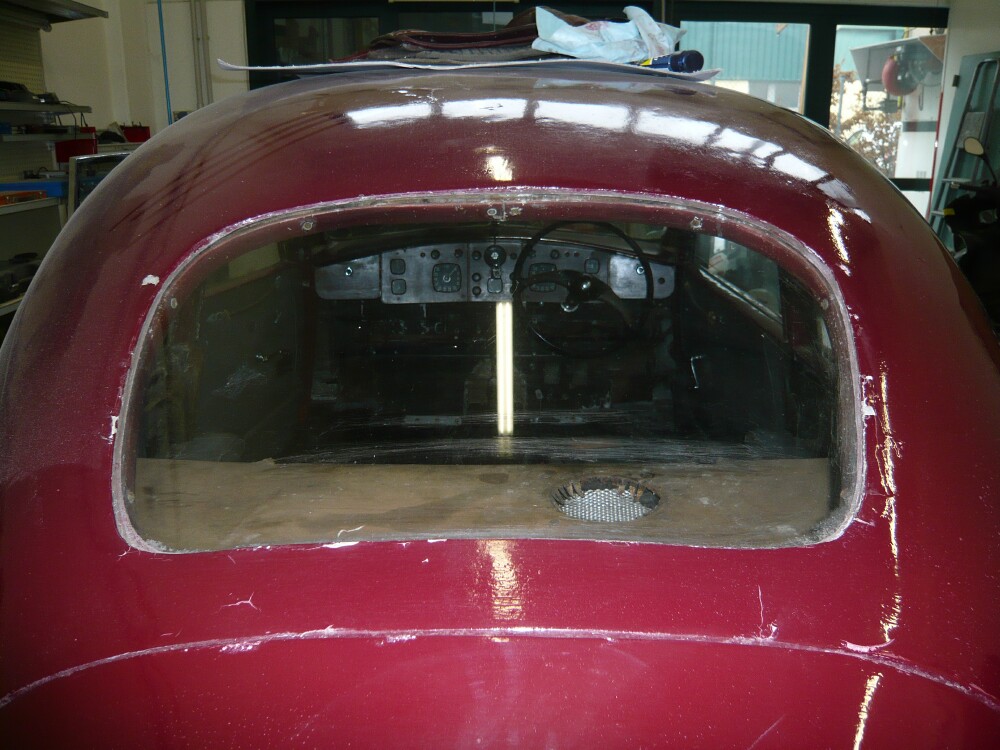
One of the more 'troubled' parts of the body is the frame around the
rear screen. The original paint is rough here
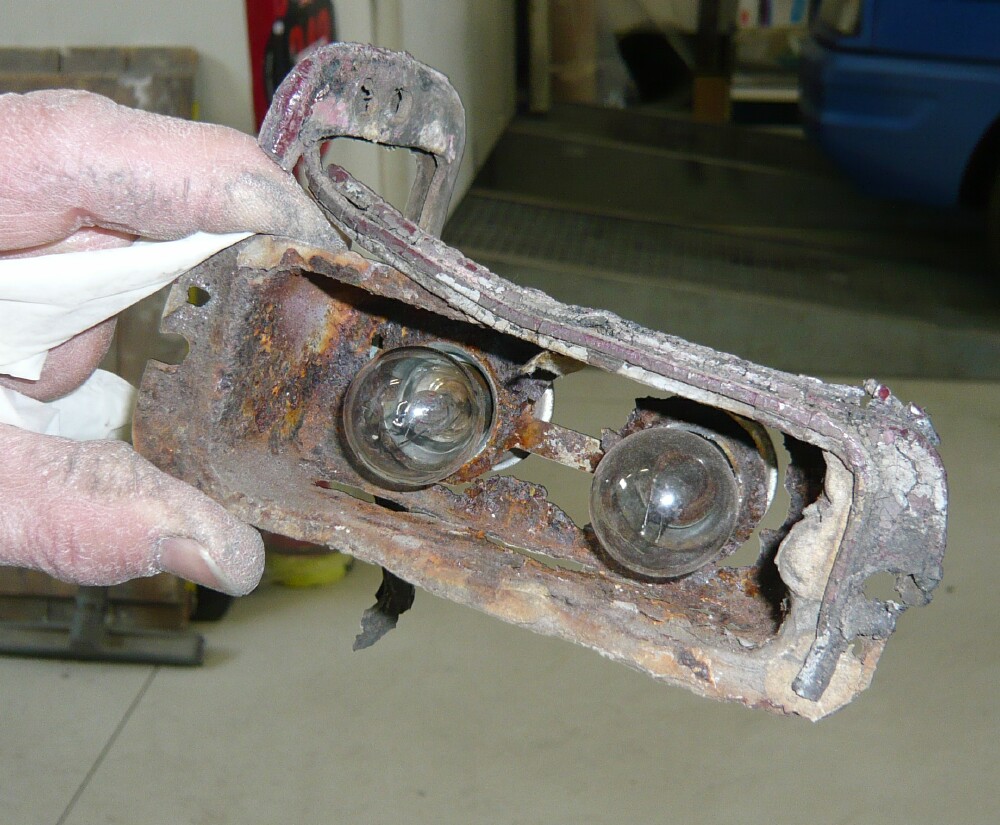
It seems that I'm in the market for a pair of
Lucas L464 rear stop/reverse lamps (complete set, not the lens alone.)
The twin-lamp L464 is apparently quite rare
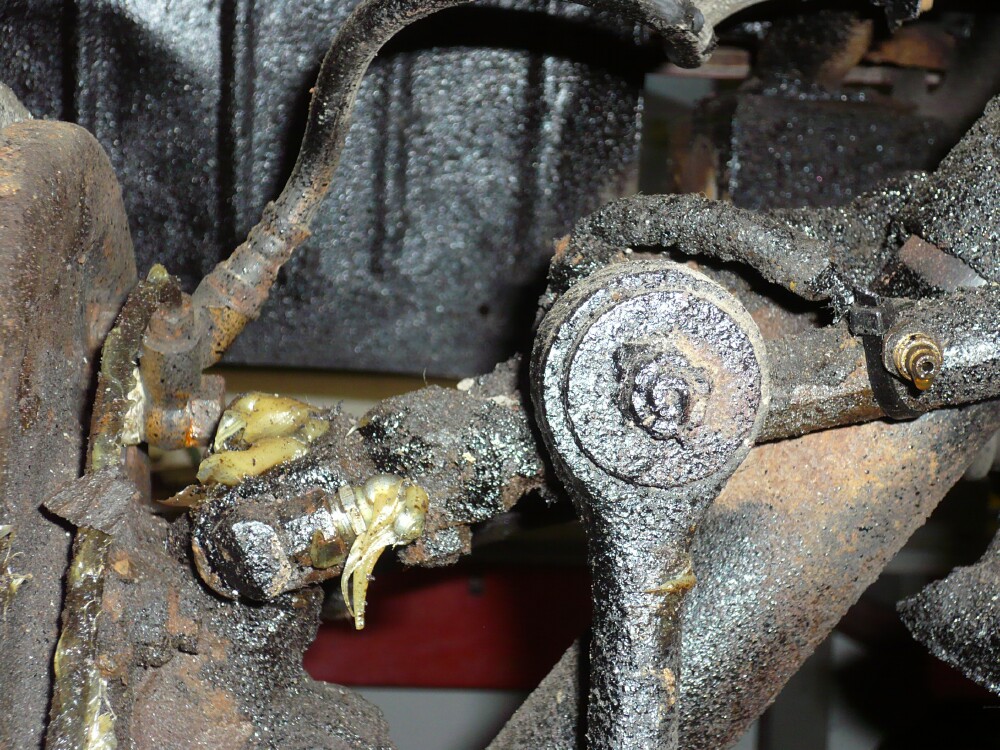
Somehow, the original and
splendidly quirky ENOTS lubricating system lost some tubes. They will be connected
again...
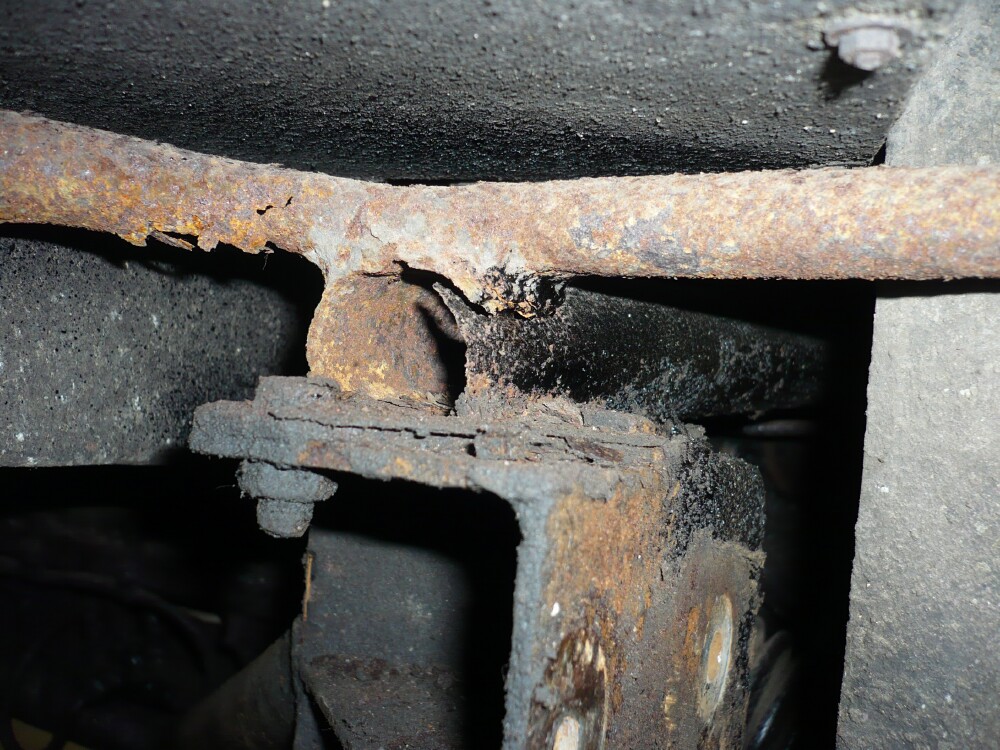
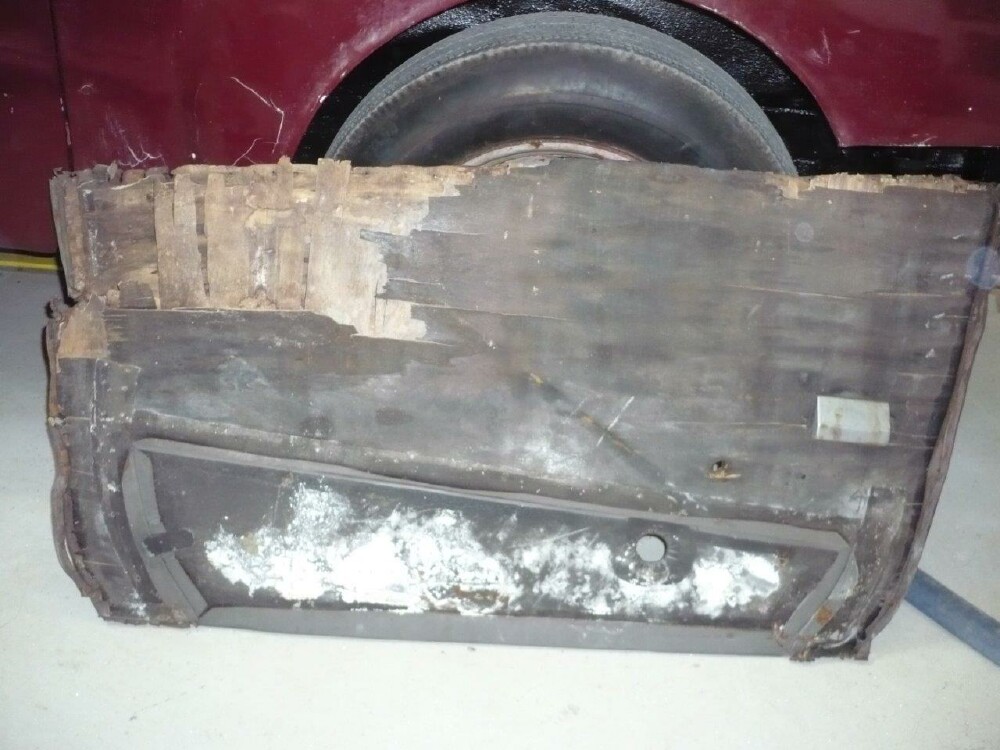
The tubes in the front, supporting the aluminum 'nose', are
rusted and the wooden supports
for the door cards are not much better. No big deal, here
29 March 2013: first cleaning, repair
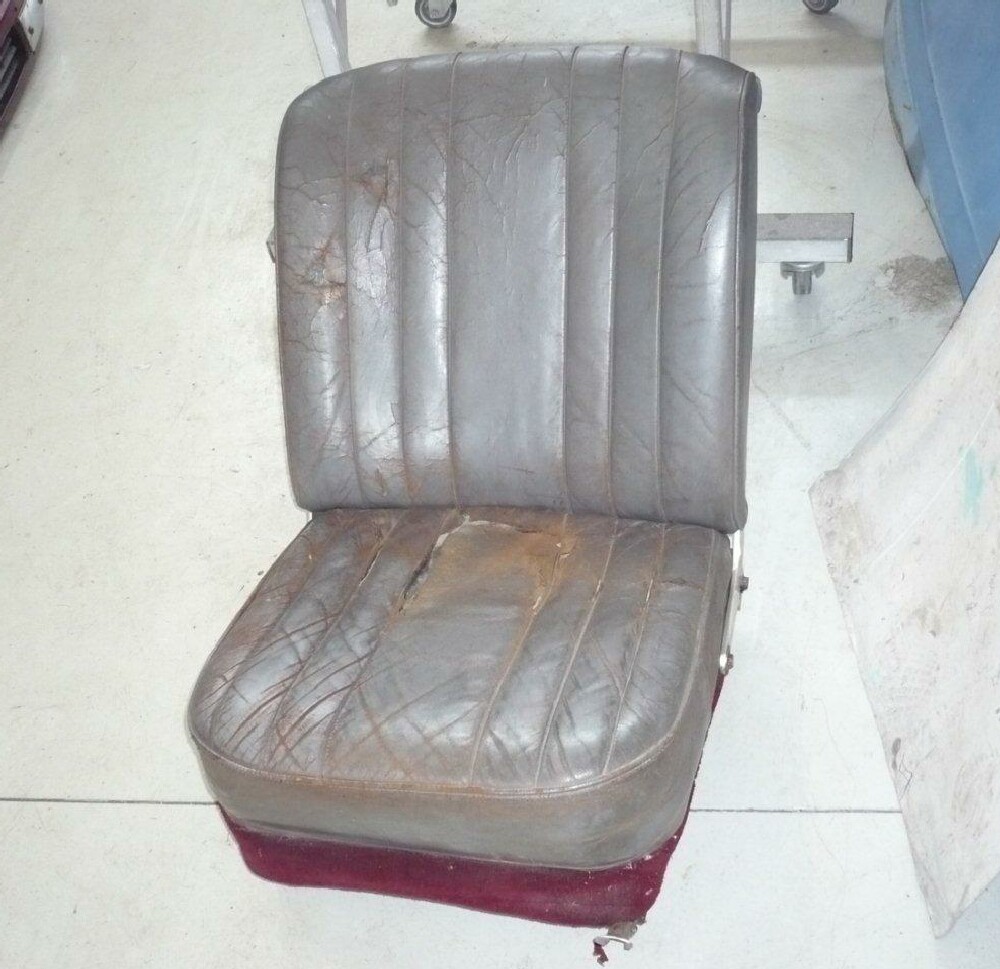
The goal would to preserve as much
of the original car as possible to have an
'Oily Rag' 403. We'll see if it
will be worth the effort.... For example, the original leather is quite
worn out but I'm trying to preserve it anyway
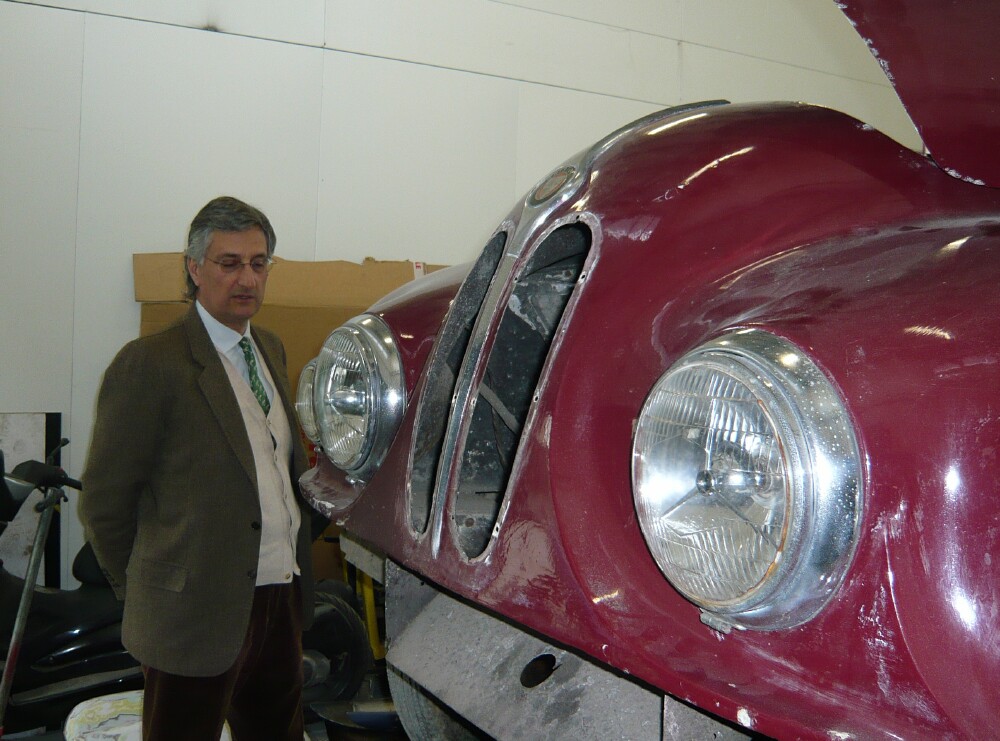
Dr Marco Makaus, the organizer of the 2013
and 2014 Mille Miglia, famed Rolls-Royce connoisseur and
collector, seems genuinely puzzled and wonders why I am so happy of diving deep in this
adventure....
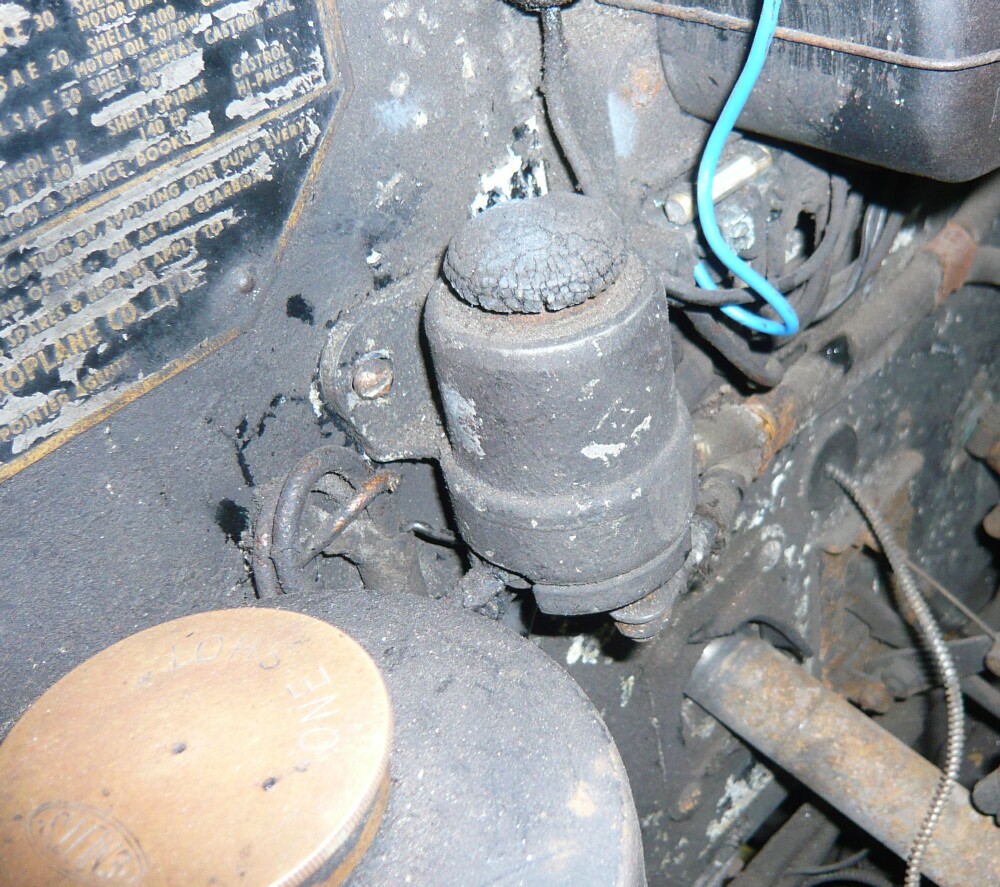
The button to start the
engine under the hood is one of the details that really sets a car like this
apart from so many other good sports cars of that era
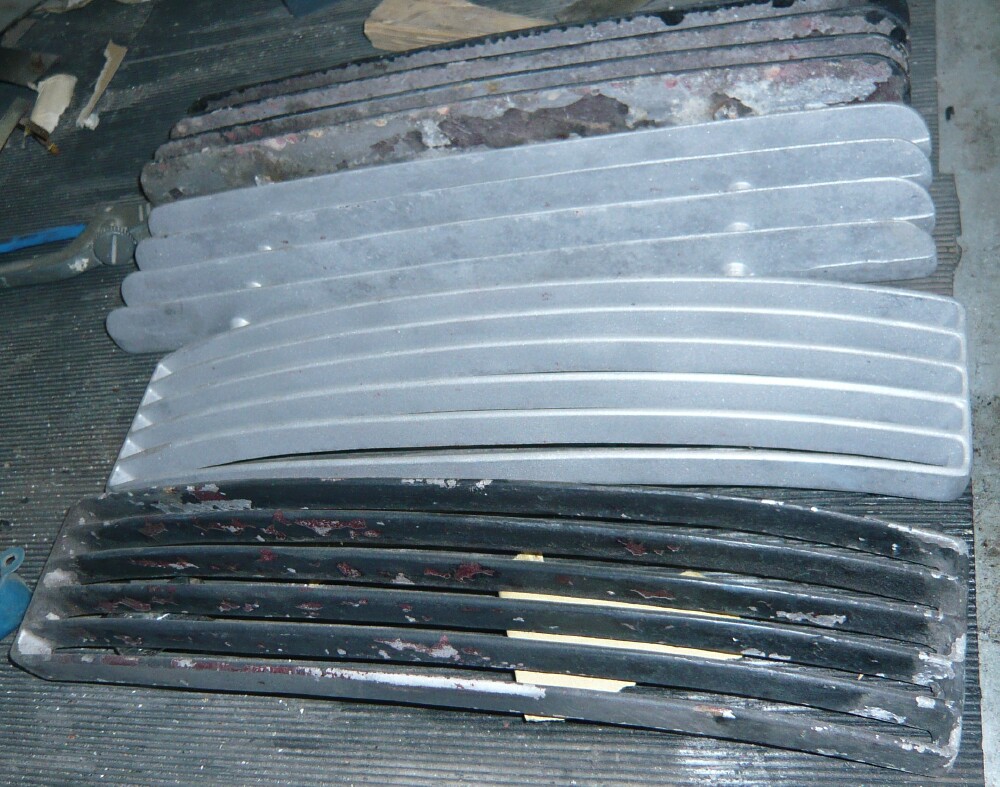
A simple round of sandblasting makes a huge
difference.... the grilles had been painted black but once cleaned they
return to their original aluminum and they're pretty
THE
(From Bulletin No. 50, summer 1979)
BY G.C. OXLEY-SIDEY
The Type 403 — or the Big Step Forward
By 1953 the Type 401 Bristol had been in production
almost four years. During that time it had gradually been improved and
was now in many respects a handier and more responsive vehicle than in
its original form. There still seemed to be a healthy demand, so that it
came as something of a shock in June, 1953, to read that "
In general appearance the 403 differed very little from
the model it replaced. From a cursory examination of externals, about
all that might have been noticed was that the
Actually there were a number of
worth-while improvements, making the car faster and simpler to drive
and, quite as important, much easier to stop. So far as the engine was
concerned there was a new unit designated the 100A, replacing the tried
and true
Perhaps it was in the delicacy of handling that there
was the biggest difference between 401 and 403 cars, and this was due
partly to an alteration to the dampers, but much more so from the
fitting of an anti-roll bar to the front suspension. The result was a
car that was a sheer joy to drive under almost any road conditions, with
understeer the main characteristic, though an experienced driver, if he
wished, could provoke oversteer as well. Living standards were rising,
and the opportunity had been taken to improve the heating and
ventilating system, so that the driver might choose between fresh or
recirculated air within the ‘cabin’ as the factory still called the
interior of the car.
Late model 401s had been fitted with a new Borg-Warner
gearbox, and this with the same ratios, 3.9, 5.04, 7.12 and 14.08, was
used on the 403. The ratios on the early 401s had been 3.9, 5.51, 8.48
and 16.77, which may explain the story told by the Club's first Honorary
Treasurer, the late Cecil Miller. He had had experience of the 401s with
the low bottom gear, and when he bought his 403 had no hesitation, while
on holiday near Minehead,
Gears were still changed by the long wand-like lever
known amongst factory staff as ‘the porridge stirrer’, but properly set
up, gears could be selected with speed and absolute certainty, and this
method remained in use until almost the end of the 403, when some of the
last examples were fitted with the neat little control, first seen on
the Type 404, but also used on the 405 and 406 cars.
While no-one could have called the brakes on the
earlier 401s inefficient, the fact remained that abnormally high foot
pressure was sometimes required to make a crash stop under emergency
conditions — indeed I recall once, in France, one such incident when the
car stopped all right, but all the stitching in the driver's seatback
was burst, as I shoved my brake foot down as hard as I could to avoid a
small child who had just fallen off her birthday bicycle. While actual
changes to the leverage had been made, probably the main reason for the
403's better braking stemmed from the fitting of the Alfin brake drums.
Early cars had four of these, one at each ‘corner’, but later examples
had them on the front wheels only. It is said that some 401 owners
tempted the early 403 drivers to sell their rear wheel Alfins for very
attractive sums....
Among several minor improvements might be mentioned the
very simple method for taking up wear in the rack and pinion steering,
and the internal arrangements made to prevent the fuel tank blowing back
on filling. In the boot a light was fitted, making late arrival at an
hotel almost a pleasure, while the trickle charger plug was repositioned
to permit easier access. Anti-splash plates were put into the engine
compartment and the wiper motor was moved to a quieter position.
Some 401 owners who had changed to the new model
complained that the bulkhead and floor panels were not made of the
resin-bonded textile materials used on the earlier cars. But while one
might regret the passing of a link with the
Despite the higher performance available, there was
little change in fuel consumption, 24 mpg being quoted at a steady 60
mph instead of 26 mpg for the 401. Production of the Type 403
continued until 1955, by which time three hundred had been made so that
it is one of the rarer
With their perfect weight distribution, powerful
engines, good brakes, excellent road-holding and general refinement, it
is no wonder that owners tend to retain their 403s, cherishing them as
the definitive fast-back
